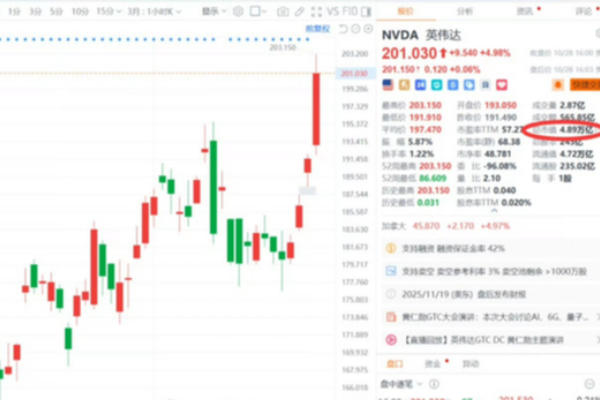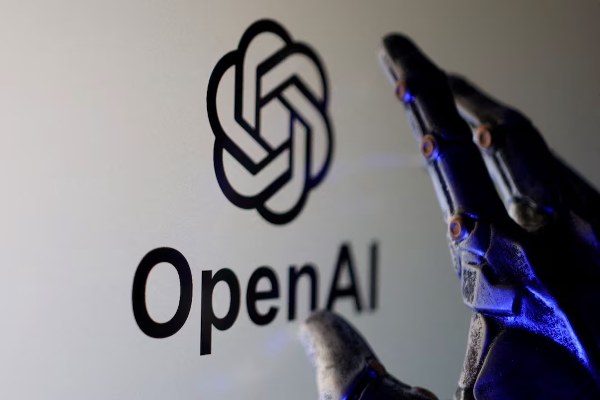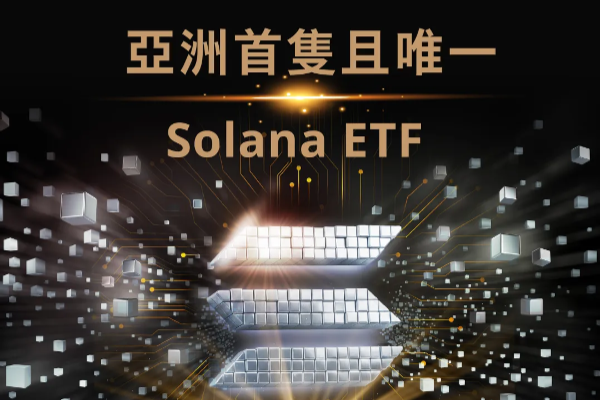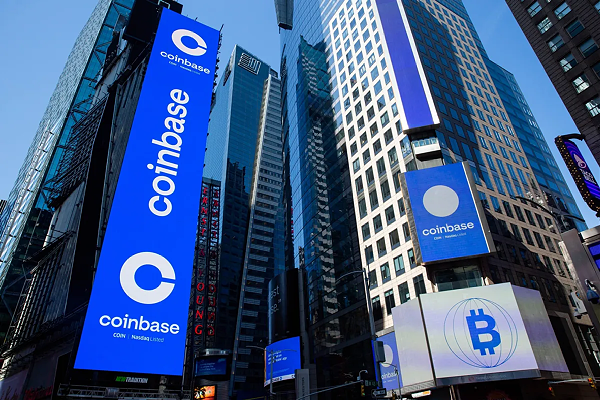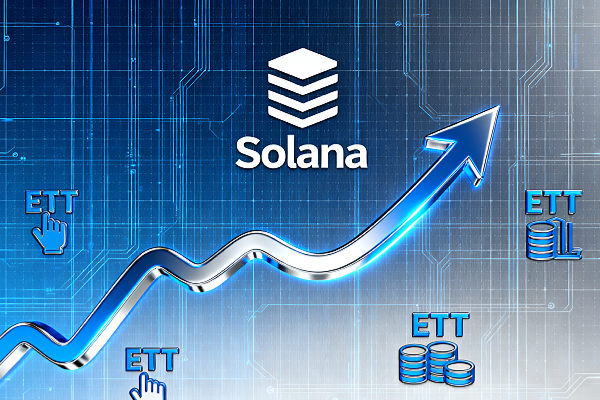Bhutan's sovereign wealth fund explores differentiated development paths through the "green energy + Bitcoin" strategy

At a time when sovereign wealth funds around the world are competing for new investment opportunities, Bhutan's national investment institution, Druk Holdings & Investments (DHI), is carving out its own path in a unique way. According to Fortune magazine, DHI CEO Ujjwal Deep Dahal said in an exclusive interview that although the fund's management scale is only US$3 billion, which is only 1% of the size of Singapore's Temasek Fund, Bhutan is striving to build its differentiated competitive advantage in the global digital economy with its combination strategy of "green energy + Bitcoin".
Bhutan has abundant hydropower resources, and this natural endowment has become a key support for its development of Bitcoin mining. As early as 2019, when the price of Bitcoin was less than US$10,000, DHI began to make strategic arrangements. Today, as the price of Bitcoin approaches US$100,000, this strategy not only shows foresight, but also brings potential considerable returns to the country.
DHI's investment is not limited to Bitcoin mining equipment, but also includes large-scale investment in infrastructure. At present, the fund is participating in the construction of a hydropower station project with a total installed capacity of 2.5 gigawatts, and is simultaneously promoting the development of supporting data centers. This infrastructure will provide stable and sustainable energy support for the expanding digital economic activities.
At the same time, this series of measures also closely serve the development strategy of the "Gilep Mindfulness Special Economic Zone" proposed by the Bhutanese government. By combining renewable energy with efficient data computing capabilities, the special economic zone aims to attract technology-intensive investment and achieve green transformation and upgrading of the national economy.
Against the backdrop of increasingly intertwined global issues such as energy security, digital transformation and environmental sustainability, Bhutan's DHI strategic layout provides a useful model for other small and medium-sized countries: even if the amount of funds is limited, through precise positioning and integration of resource advantages, they can also find a unique position in global competition.
